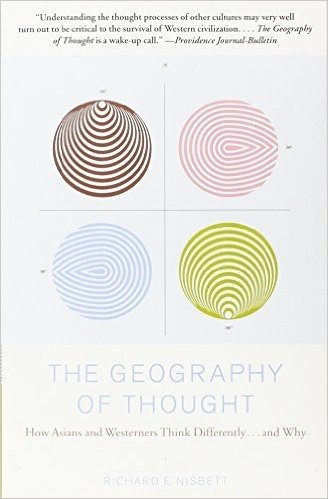
The Geography of Thought: How Asians and Westerners Think Differently...and Why
- 作者
- Richard Nisbett
- 出版社
- Free Press 版次:Reprint
- 语言
- 英语
- 页数
- 288页
- ISBN
- 0743255356
- 分类
- Psychology(医学心理学)
- 重量
- 259 g
- 尺寸
- 14 x 1.8 x 21.4 cm
- 电子书格式
- epub,pdf,txt,azw3,mobi,fb2,djvu
- 下载次数
- 1837
- 更新日期
- 2021-12-22
在线阅读本书 When psychologist Richard E. Nisbett showed an animated underwater scene to his American students, they zeroed in on a big fish swimming among smaller fish. Japanese observers instead commented on the background environment -- and the different "seeings" are a clue to profound cognitive differences between Westerners and East Asians. As Nisbett shows in The Geography of Thought, people think about -- and even see -- the world differently because of differing ecologies, social structures, philosophies, and educational systems that date back to ancient Greece and China. The Geography of Thought documents Professor Nisbett's groundbreaking research in cultural psychology, addressing questions such as:Why did the ancient Chinese excel at algebra and arithmetic, but not geometry, the brilliant achievement of such Greeks as Euclid?Why do East Asians find it so difficult to disentangle an object from its surroundings?Why do Western infants learn nouns more rapidly than verbs, when it is the other way around in East Asia?At a moment in history when the need for cross-cultural understanding and collaboration have never been more important, The Geography of Thought offers both a map to that gulf and a blueprint for a bridge that might be able to span it.
The Geography of Thought: How Asians and Westerners Think Differently...and Why EPUB, PDF, TXT, AZW3, MOBI, FB2, DjVu, Kindle电子书免费下载。